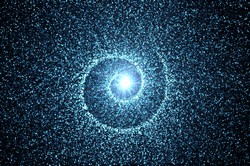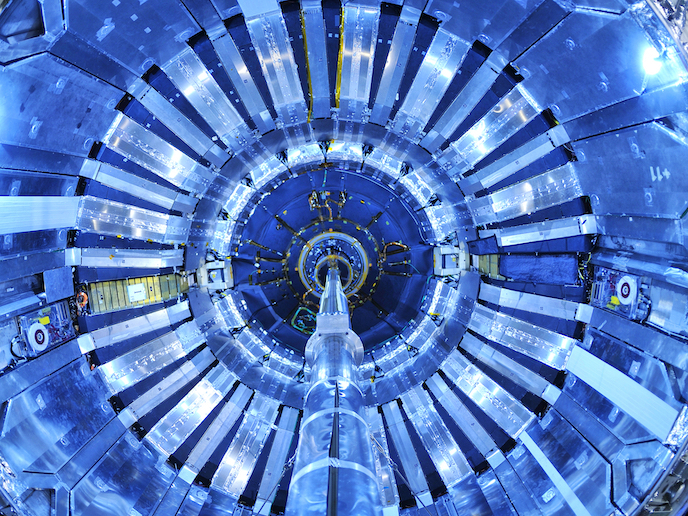Cluster mass to probe dark matter and energy
A single galaxy cluster can be as massive as a quadrillion suns, and rich clusters are significant celestial X-ray sources. Such large clusters carry important information of how the universe first emerged and could help unravel the true nature of dark energy and dark matter. Precisely estimating the mass for a large sample of objects has been fraught with difficulties including determination of the sample selection and measurement systematics. Within the EU-funded project GALCLU _ASTRO_COSMO, researchers produced a new suite of cosmological simulations with focus on comprehending biases in mass determination derived from X-ray analyses and on establishing optimal ways for selecting cluster samples. The project team generated three separate sets of the same cluster collection of about 100 objects by diversifying the physics of the gas component implemented in the code. The three runs were carried out with a modern version of the hydrodynamical code. This includes a solution for numerical diffusion that overcomes the problem of reduced mixing of gases with different entropies. Excellent agreement with the entropy distribution of observed clusters was a remarkable and unexpected outcome for the project team. X-ray observations clearly show simultaneous presence of cool core and non-cool core objects, namely clusters with either low or high entropy gas in the centremost regions. Comparing these simulations to X-ray and millimetric observations led to full agreement with various thermodynamical and chemodynamical quantities, including gas density, temperature and pressure. Researchers succeeded in determining the source of mass biases and, with a larger sample, they calculated the normalisation and the slope of the power law relations that connect the total mass of the systems with other easily derived observational properties properties and investigated their evolution. The study covered calculations of the total and the gas masses as well as the X-ray temperature and luminosity and their evolution over the last 10 billion years. Project results were published in several peer-reviewed scientific journals. Presentation of the project activities through conferences and seminars as well as to middle and high school students was a further step to communicate the importance of research to society.







